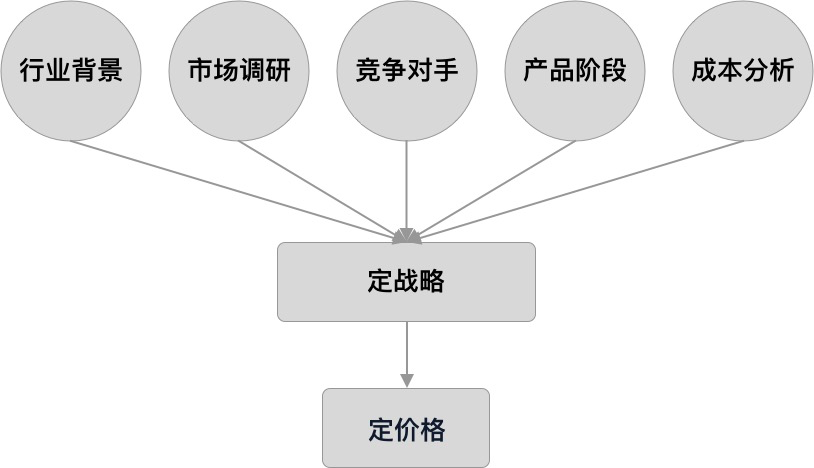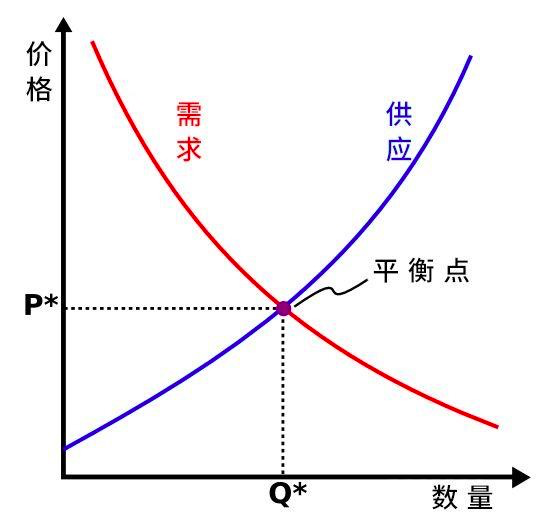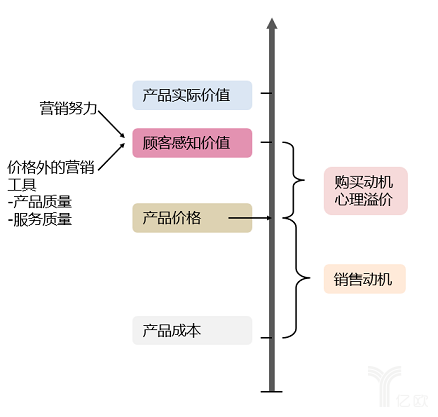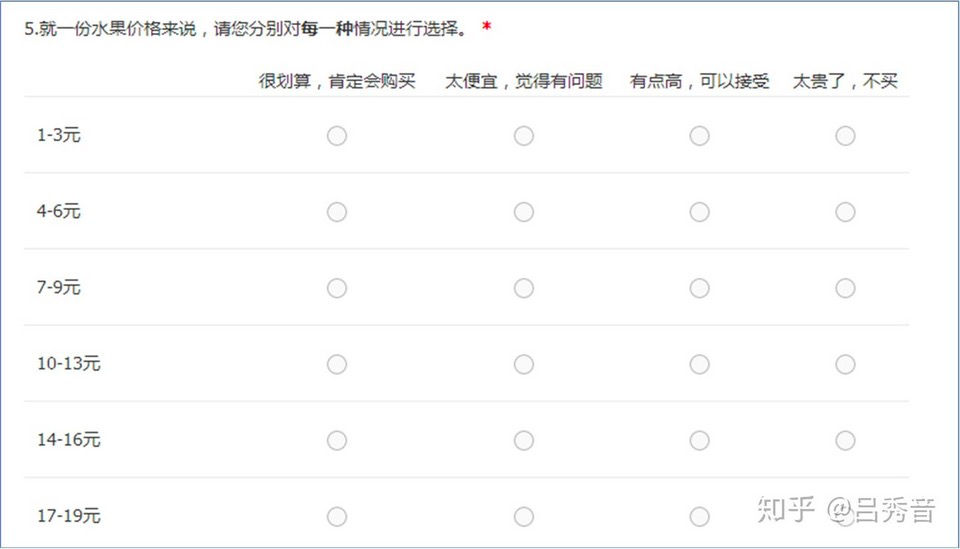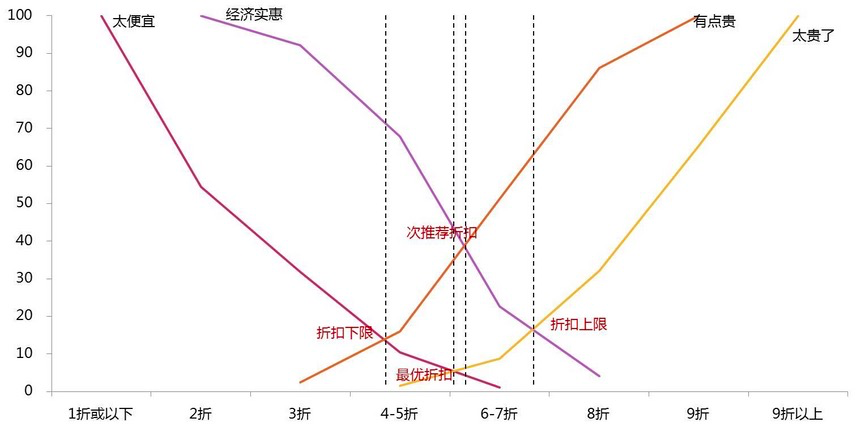“Talk about money hurt feelings”
Editor’s note: This article is from the micro-channel public number “Bird Brother notes” (ID: niaoge8), Author: Ice sauce.
Because the author is in the toB industry and happened to be doing a charging function recently, so I will charge customers how to charge their customers and how our products charge customers A curiosity arose.
People often say “talking about money hurts feelings.” When the price is given currency and transaction attributes, it becomes an extremely sensitive number. The price itself is a hub that connects products/services with customers. Generally, customers can only enjoy the products or services provided by the company after they have paid the price. It can be seen from this that the pricing of products/services has a direct impact on business operations and revenues.
So, how can a product be reasonably priced so that customers are willing to pay and the company can obtain long-term and healthy profits? Here we first use an example of “a second-hand mac computer”, try to make a price by yourself, and get a first-hand experience of the pricing ideas and processes.
Now, we have a second-hand 2017 mac computer to be released. So, how would we price this computer for 1w yuan?
First of all, without referring to any external factors, we only know that people who are willing to buy will never spend more than 1w to buy this computer, because second-hand computers must be worn out. At this time, our pricing range is between 0 Secondly, most of us tend to turn to the second-hand market and platforms, to benchmark to see how much mac computers that are similar to our model, new and old are sold, and then to estimate a price range for our computers; p> Finally, if we are in a hurry, we may determine a relatively low price through discounts, etc. to promote the transaction; if we are not in a hurry, it may be a normal or slightly higher level, and wait slowly for the destined person Come home. From the above case, when we set the price, we integrated many factors: cost, similar “competitive products”, market demand, customer expected value, marketing discounts, etc., to finally determine the transaction price. So, for enterprises, the pricing of products/services also needs to go through a complicated process and the influence of multiple decision-making from various departments of the company before it can finally land. We can treat the entire pricing process as a target: first determine the approximate range and then accurately aim, then the pricing is to first determine the price range from a macro perspective, and then to determine the final price number in a microscopic view. Price is not necessarily the customer’s first perception of the product, but is relatively the most sensitive part.Therefore, to a certain extent, pricing is a strategy, and the price we set represents the product/service positioning we export. Before determining the initial range of prices, we need to conduct a comprehensive evaluation from the five perspectives of industry background, market research, competitors, product stages, and cost analysis. Industry has a big background and leading influence on positioning and price. The popularity of products in the entire industry, the tone of the industry, and the level of user education all have a macro-level impact on product prices and scope. When I was studying politics in the past, my teacher would say that price refers to the value of a unit of goods or services, and its level is determined by the relationship between market supply and demand. Putting aside theoretical knowledge, after all, it is the customer who pays for the product. The needs of the customer and the supply of the market will inevitably affect the transaction and also affect our pricing. Here, we divide the impact of market research on pricing into two perspectives: market supply and demand and customer perceived value to discuss. 2.1 Market supply and demand Supply-demand relationship refers to the interconnected and mutually restrictive relationship between commodity supply and demand under the conditions of the commodity economy. It is also a reflection of the relationship between production and consumption in the market. In short, most demand in the market stabilizes in the short term. As shown in the figure below, when production and supply increase, demand also decreases accordingly. (Picture source Sequoia Hui) Take badminton rackets as an example. Suppose 100 million people in China need to buy badminton rackets. When the merchants produce 500 million rackets, there is an oversupply phenomenon, goods are hoarded, demand decreases, and merchants lose bargaining power. Then, at this time, its pricing is naturally difficult to maintain a reasonable state, and it can only be processed or destroyed at a low price. 2.2 Customer Perceived Value Just now we started fromThe group (market) view of the supply and demand relationship, now we return to the individual (customer) to see what the customer’s judgment of value is like? The value perception of a customer for a certain product and service is called customer perceived value, which refers to the overall evaluation of the utility of the product or service after weighing the perceived benefit and the cost of acquiring the product or service. This theory makes us pay more attention to two points: one is the customer’s perception of the value obtained, and the other is the customer’s perception of the cost. For example, now you are in a bad mood and need to buy a beer to relax. When you walk into a small shop, you are willing to spend up to 5 yuan to buy a bottle of beer, but when you walk into a bar, even if the same beer sells for 50 yuan, you may be willing to pay. Why? This is related to the customer perceived value we mentioned. As shown in the figure below, when we think that we feel the “value of drinking in a bar” is greater than 50 yuan, we will be willing to pay, that is, the customer’s feeling value in the figure is higher than the product price. Spend 50 yuan to drink beer in an environment with music and atmosphere, which makes us feel like we are “earning” Of course, we know that the bottle of beer in the canteen is only worth 5 yuan, but people are more willing to pay for the value they feel, not just the product itself. For most startups in the Red Sea, the price of a competitor’s product is the most convenient and effective reference value. One is that competing products have gradually passed the test of the market and customers, and the reasonableness of their prices has been verified in a short period of time; the second is that people’s judgments on the currency value of goods are similar to sensory judgments such as weight, and it is difficult for us to accurately The price is evaluated locally, so there is an anchoring effect at this time, and the final decision needs to be made through price comparison. The anchoring effect affects consumers’ decision-making all the time, especially the prices of competitors’ products, which can easily be “tracked” by consumers to evaluate the prices of our products. Therefore, we must also take into account the prices and play styles of similar competing products when we set prices. When consumers anchor their choices, it reflects our advantages over competing products. We tend to divide the product life cycle into four stages: the introduction period, the growth period, the maturity period, and the recession period. Different product stages naturally have their pricing strategies.The difference. According to the theory of marketing mix strategy, the price of the introduction period is based on the pricing of new products, and the price of the product during the growth period needs to be adjusted appropriately Products in the mature period need to fully consider competitive prices, while the prices of products in the recession period may need to be reduced appropriately. (Picture comes from marketing mix strategy theory) For example, in the introduction phase of a blue ocean product, its strategic focus is to expand and maximize market share, so as to gain a firm foothold and grab users as soon as possible. Then, the product pricing at this time may choose more low-price strategies, that is, put more fish pens into the fish ponds first. When the product gradually transitions to the maturity period, the brand and product have helped the company establish a certain bargaining power. At this time, continuing to maintain low prices may damage the product image and may also have an impact on revenue. Unable to maximize profits. At this time, it may be better to establish differentiated and flexible product prices by referring to competitors’ prices. Regarding pricing, we often hear a method called “cost plus method”, that is, on the basis of cost calculation, the final price is calculated according to the gross profit margin you expect. It sounds reasonable, and you can get a numerical result directly. But in fact, the cost-plus method has many difficulties and drawbacks. For example, there are some doubts about the cost calculation itself. In addition to our expenses for developing this product, there are also a lot of time costs and sunk costs. How can these be accurately evaluated. So, the author’s cost analysis here does not just refer to the method of completing pricing through cost plus. The point is that we should pay attention to the cost when pricing. Cost is the bottom line, but it does not help us get the price directly. Combining the above five aspects, we can basically delineate the product positioning and price range. Some people may ask, with so many factors, which one should we focus on? The author itself does not have much pricing experience, but what is clear is that at different stages, these 5 points must have different proportions for the scope of decision-making, and they need to be determined according to the specific conditions of the company’s products. After determining the product positioning and approximate price range, IWe need to give an accurate number to trade. The price range has helped us filter out vague customer groups. At this time, we need specific price figures to facilitate transactions. As for determining accurate price figures at the micro level, we introduce two methods: one is based on trying to figure out the psychology of the other party, and the other based on real experimental tests. Consumer psychology is an important branch of psychology, which studies the psychological phenomena and behavior patterns of consumers in consumer activities. The learning content of consumer psychology includes the psychological activity process of consumers, the personality psychological characteristics of consumers, the psychological factors that affect consumer behavior, the psychological activities of consumers in the purchase process, the influence of social environment on consumer psychology, and the consumption of consumer groups. Psychology and consumer behavior, consumer situation and consumer psychology, commodity factors and consumer psychology, marketing communication and consumer psychology, etc. (quoted from a certain degree). Some of the more common consumer psychology include: anchoring effect, price bait, loss aversion, herd psychology, comparison and show-off psychology, etc. I’m not going to elaborate here, if you are interested, you can go and search. When we are pricing, if we can well grasp the psychological activities of consumers and develop some marketing strategies, to some extent, we can better promote conversion and place orders, and increase the company’s revenue. If you are interested in this part, I suggest you read the book “Priceless”. There are many experimental tests related to pricing. Here is the most common one-the PSM price sensitivity test model (Price Sensitivity Measurement). In consumer psychology, it is difficult for us to intuitively quantify consumers’ psychology of prices, and it is more of a speculation and speculation. The PSM test is a practical method that directly draws conclusions about the price sensitivity of customers through experiments. The following is a step-by-step introduction to the PSM test quoted by Lu Xiuying: **First Step: Qualitative Research:** Through qualitative research, design a **price gradient table** that can cover the possible price range of the product. This step usually asks the respondent 4 questions about a certain product or service, and obtains the price gradient table accordingly. The price range of the gradient table should cover all possible price points, and the minimum and maximum prices are generally required to be lower than or higher than three times the possible market price. (1) Cheap price: What price is a good bargain for this item/service for you, and you will definitely buy it? (2) Too cheap price: at what price do you think the item/service will be unattractive to yourself because everyone can use it casually (or cause some impact on the game)Adverse effects, take the game as an example)? (3) Expensive price: What is the price you think is “a bit high, but you can accept it”? (4) Too expensive price: How high is the price that you will definitely give up the purchase? **Step 2: Questionnaire survey:** Then in a representative sample, the respondent is asked to make four choices on this **price gradient table**: a bit high but acceptable price , A bit low but acceptable price, too high and unacceptable price, too low and unacceptable price (See watermark for picture source) **The third step: Data processing: **Draw a cumulative percentage curve graph for the sample data obtained (for the sample price points, find the cumulative percentage up and down***) , The intersection of the four curves gives the product’s **appropriate price range, optimal pricing point, and suboptimal pricing point**. (See watermark for picture source) The advantage of the price sensitivity test model is that it sets prices from the perspective of the enterprise and from the perspective of consumers. The model not only fully considers the subjective wishes of consumers, but also takes into account the interests of the enterprise to pursue the largest consumer group. But at the same time it also has its application limitations. For example, it only considers the acceptance rate of consumers and ignores the purchasing power of consumers. If you are interested, you can learn more about it and test it yourself. Finally, the learning and understanding of pricing knowledge helped me to have a more three-dimensional understanding of the user’s identity-consumers, and also helped me to have a broader understanding of product definitions. It is not only It is a physical product delivered to customers, and it is a more three-dimensional product that contains brand, service, and values. William Poundstone, “Priceless1 First set the macro price range
1. Industry background
2. Market research
3. Competitor
4. Product stage
5. Cost analysis
2 Re-determine price figures again
1, Consumer Psychology
2. Experimental test
Reference Materials
